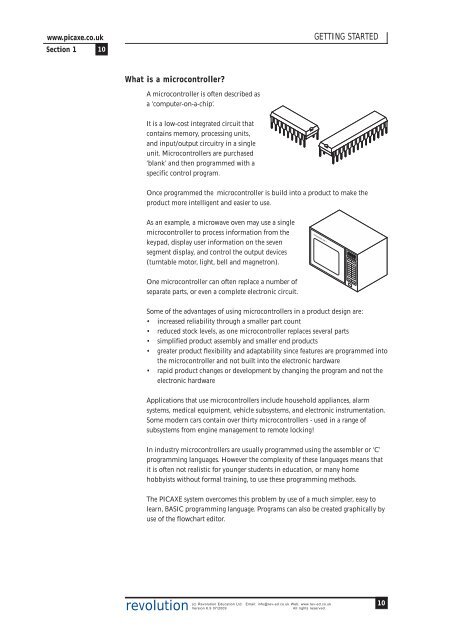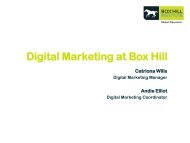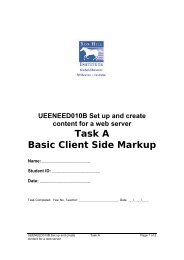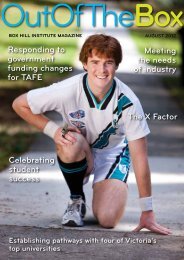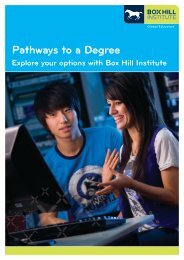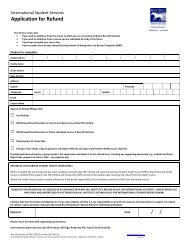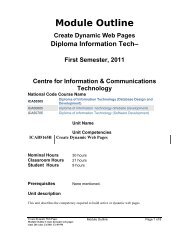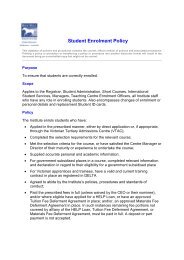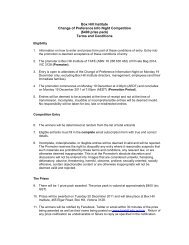PICAXE Manual Section 1 - TechnoPujades - Free
PICAXE Manual Section 1 - TechnoPujades - Free
PICAXE Manual Section 1 - TechnoPujades - Free
- No tags were found...
Create successful ePaper yourself
Turn your PDF publications into a flip-book with our unique Google optimized e-Paper software.
www.picaxe.co.uk<strong>Section</strong> 1 10GETTING STARTEDWhat is a microcontroller?A microcontroller is often described asa ‘computer-on-a-chip’.It is a low-cost integrated circuit thatcontains memory, processing units,and input/output circuitry in a singleunit. Microcontrollers are purchased‘blank’ and then programmed with aspecific control program.Once programmed the microcontroller is build into a product to make theproduct more intelligent and easier to use.As an example, a microwave oven may use a singlemicrocontroller to process information from thekeypad, display user information on the sevensegment display, and control the output devices(turntable motor, light, bell and magnetron).MICROWAVE MW-1TIME SET1 62 73 84 95One microcontroller can often replace a number ofseparate parts, or even a complete electronic circuit.FULL HIGHMED DEF10CLEAR COOKSome of the advantages of using microcontrollers in a product design are:• increased reliability through a smaller part count• reduced stock levels, as one microcontroller replaces several parts• simplified product assembly and smaller end products• greater product flexibility and adaptability since features are programmed intothe microcontroller and not built into the electronic hardware• rapid product changes or development by changing the program and not theelectronic hardwareApplications that use microcontrollers include household appliances, alarmsystems, medical equipment, vehicle subsystems, and electronic instrumentation.Some modern cars contain over thirty microcontrollers - used in a range ofsubsystems from engine management to remote locking!In industry microcontrollers are usually programmed using the assembler or ‘C’programming languages. However the complexity of these languages means thatit is often not realistic for younger students in education, or many homehobbyists without formal training, to use these programming methods.The <strong>PICAXE</strong> system overcomes this problem by use of a much simpler, easy tolearn, BASIC programming language. Programs can also be created graphically byuse of the flowchart editor.revolution(c) Revolution Education Ltd. Email: info@rev-ed.co.uk Web: www.rev-ed.co.ukVersion 6.9 07/2009All rights reserved.10


